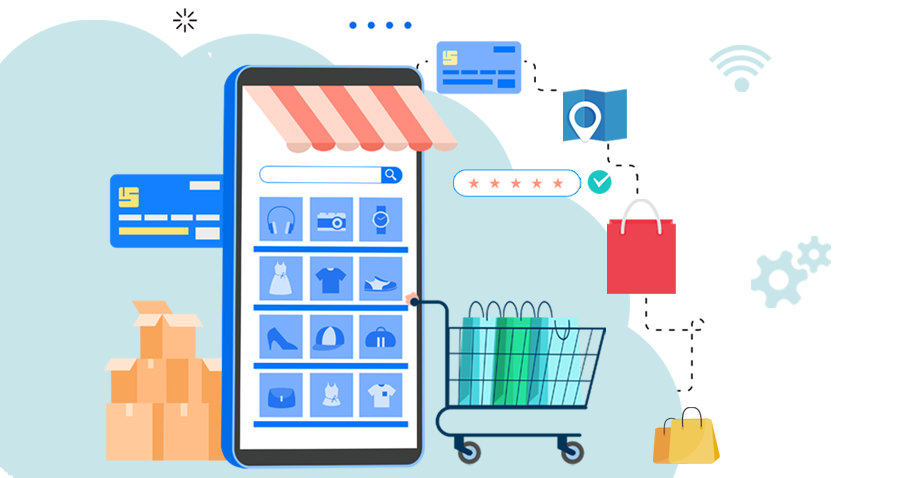
Headless Commerce: Revolutionize Your eCommerce Experience

eCommerce

Table of Contents
Are you ready to break free from the constraints of traditional eCommerce platforms? Say hello to headless commerce – a game-changing approach that empowers you to take full control of your online store’s front end!
Understanding Headless Commerce

So, what exactly is headless commerce? You might have pondered this question multiple times. Well, let us break it down for you: it’s the ground-breaking separation of your eCommerce platform’s backend and front end. While your CMS provider takes care of the backend, you hold the reins to the frontend, connected through APIs. This opens a world of possibilities for your online store.
Now, picture this: instead of being confined to a limited selection of templates, headless commerce presents you with a blank canvas, just waiting for your creative touch.
That’s right! You can design and develop the ultimate interface that perfectly reflects your brand and captivates your audience. It’s time to unleash your imagination and make your eCommerce dreams a reality!
In a nutshell, headless commerce is an innovative approach to eCommerce that separates the front-end presentation layer from the backend eCommerce functionality. By doing so, businesses can leverage the best of both worlds: a flexible, custom frontend and a powerful, scalable backend. Ultimately, headless commerce paves the way for a more personalized and engaging shopping experience.
Headless Commerce: Ideal for Developers
As a result, developers can handpick their preferred frontend technology, effortlessly merging it with a robust eCommerce backend solution to manage all commerce operations.
Surprisingly, Forbes reveals that a staggering $1.65 billion was invested in headless technologies during 2020-2021. Consequently, as eCommerce businesses continue to chase the latest trends, this investment figure is set to skyrocket even further.
Importance of Unique User Experiences
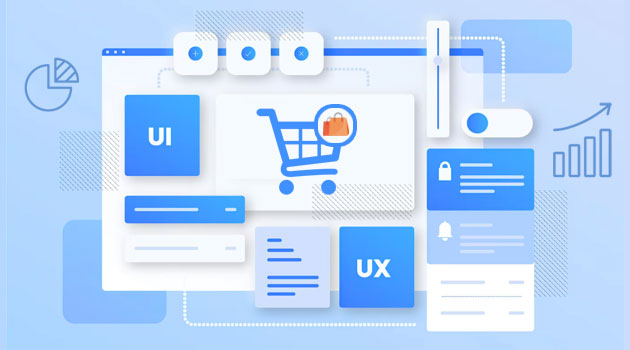
In today’s highly competitive eCommerce landscape, creating a unique and engaging user experience is critical to attracting and retaining customers.
Consumers have come to expect fast-loading, visually appealing websites that offer seamless navigation and personalized interactions. To meet these expectations and stand out from the competition, businesses need to be agile and adapt quickly to changing market conditions and customer preferences.
Headless Commerce: Crafting Unique User Experiences
Hey all, savvy entrepreneurs! Are you ready to revolutionize your online store and create a unique user experience that’ll make your customers’ jaws drop?
Well, buckle up, because we’re about to dive into the world of headless commerce and unveil its incredible potential!
The Allure of Headless Commerce
For headless commerce, the frontend and backend systems are completely separated yet they work in perfect harmony through APIs. This innovative approach grants unprecedented control over your online store’s appearance, functionality, and content.
But there’s more! With headless commerce, you can unleash your creativity and design an online store that perfectly reflects your brand, captivates your audience, and leaves a lasting impression on your customers.
Intrigued? Let’s dig deeper!
The Magic of API-Driven Architecture
Now, imagine this: instead of struggling with limited templates, you can construct your online store with a blank canvas using your preferred frontend technology. How, you ask? The magic lies in headless commerce’s API-driven architecture.
Here’s the deal: the decoupling of frontend and backend systems enables seamless communication through APIs, giving you the freedom to customize every aspect of your online store. From design and layout to features and functionality, the sky’s the limit!
The Ultimate Shopping Experience: Engaging and Personalized
Lastly, let’s explore how headless commerce can help you create an engaging, personalized shopping experience for your customers. By having full control over the front end, you can tailor every aspect of the user journey to cater to individual preferences and needs.
Well, are you looking for dynamic product recommendations, targeted promotions, and bespoke content based on user behavior, all at your fingertips?
Voila!
Headless Commerce is ready to offer a one-of-a-kind shopping experience that fosters customer loyalty, drives conversions, and boosts your bottom line.
But before delving deep into headless commerce and how it is creating a unique user experience, it’s important to understand the pain points of traditional eCommerce and how the headless platform helps.
The Challenge of Keeping Up with New eCommerce Touchpoints
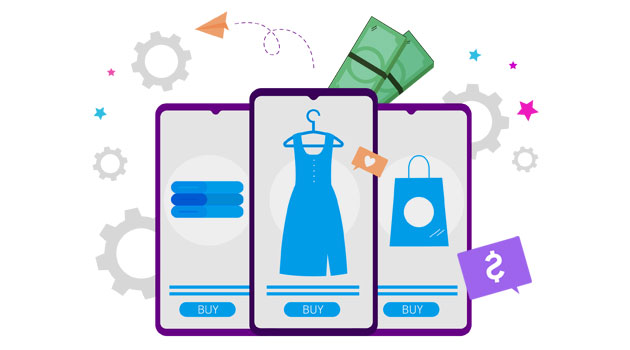
As an eCommerce professional, you are aware of the constant challenge of keeping up with the latest trends and developments in the industry. It’s not just about having an online store anymore.
Today’s consumers expect a seamless, personalized shopping experience that spans multiple touchpoints, including social media, mobile apps, and in-store visits.
However, traditional eCommerce models often present significant obstacles to achieving this goal. The rigid front- and back-end systems can make even minor changes a daunting task. Updating the systems to accommodate new touchpoints and experiences might require extensive resources, time, and money.
But the truth is, businesses that fail to adapt and innovate will get left behind. The eCommerce market is growing at an astonishing rate, with global sales expected to reach $6.54 trillion by 2023.
In this fast-paced industry, it’s essential to stay agile and flexible to meet the ever-evolving needs and expectations of customers.
What’s The Solution?
In today’s eCommerce landscape, traditional eCommerce models can be limiting for businesses seeking to deliver a unique customer experience.
The good news is, there are solutions to these challenges. One of the most effective ways to stay ahead of the curve is to adopt a headless commerce approach.
This platform separates the front-end customer experience from the back-end commerce; thereby, allowing businesses to make changes quickly and easily without disrupting the entire system.
Other solutions are to leverage the power of APIs and microservices. Well, APIs allow different systems and applications to communicate and share data seamlessly, creating a more unified and streamlined customer experience. Similarly, microservices break down the commerce engine into smaller, independent services, making it easier to update and maintain.
By adopting a headless commerce approach businesses can create a seamless, personalized shopping experience that meets the ever-evolving needs of customers.
Way In Which Headless Commerce Differs from Traditional eCommerce
The traditional model often presents significant challenges for businesses looking to provide a unique, personalized shopping experience for their customers. However, the emergence of headless commerce is changing the game.
Here are three key points on which headless commerce differs from traditional eCommerce:
Enhance Your ‘Time to Value
Traditional eCommerce platforms require significant resources, time, and effort to develop and maintain the back-end business logic, capacities, and functionality. This accounts for up to 85% of the software development process.
In contrast, headless commerce platforms allow businesses to focus on the UX (user experience) by starting from the point of completion. This streamlined approach enables businesses to deliver a finished product much faster and at a lower cost.
Almost Limitless Personalization and Customization H3
With traditional eCommerce platforms, both end users and administrative users have predefined experiences. In contrast, headless commerce offers businesses the ability to create a completely customized user experience for customers and administrative users alike.
This enhanced personalization and customization helps businesses stand out from the competition and provide a unique shopping experience.
Front-End Developers Are Not Limited
Traditional eCommerce platforms often limit front-end developers to the front-end design and workflow generated by the solution. Even the smallest modification can be a significant commercial risk, as it requires changing the database, code, and frontend.
Headless commerce frees front-end developers from these limitations. They can design a completely customized user experience that meets the demands of the business, without having to worry about changing the database.
With headless commerce, businesses are not limited by the constraints of traditional eCommerce platforms and can create a unique and personalized shopping experience for their customers.
Now that you are well-aware of the headless commerce platform being better than its counterpart, let’s dig into the benefits of using the headless platform.
Unlocking the Full Potential of Headless Commerce: Benefits and Advantages

In today’s world, where online shopping has become a norm, it’s essential for businesses to provide their customers with an exceptional user experience.
Headless commerce, as the name suggests, decouples the front-end and back-end systems, allowing businesses to have complete control over the user experience.
The benefits of headless commerce go beyond just creating an outstanding customer experience. In this article, we’ll discuss the top benefits of headless commerce and how it can help you take your eCommerce business to the next level.
Flexibility for Frontend Developers
One of the primary benefits of headless commerce is the flexibility it offers to frontend developers. With headless commerce, businesses can choose the eCommerce platform that works best as the engine for their online store while also working with the frontend of their choice, be it a CMS, a DXP, a PWA, or a custom solution.
This allows developers to use technologies and programming languages they are comfortable with, streamlining their processes and developing efficiencies.
BigCommerce, for instance, provides integrations with popular frontend solutions such as WordPress, Bloomreach, and Deity, allowing merchants to deliver API-driven experiences through any CMS, DXP, application, device, or custom frontend, while BigCommerce powers the commerce engine.
Scalability
As trends emerge and your company adapts, headless technologies can future proof your brand, allowing you to adjust your frontend without having to re-platform on the backend. Using APIs, frontend developers can add back-office functionality to your existing system and use frameworks as they see fit.
Headless commerce platforms also enable businesses to treat each new functionality individually and integrate new features as their site grows, rather than having to build a new website from scratch.
This allows brands to stay up to date with the latest trends and technologies, providing customers with an exceptional user experience.
New Technologies
In a headless environment, brands can test modern technology without being tied to the confines of a traditional CMS. By decoupling the frontend from the backend, developers are free to create as they please, providing more flexibility in content delivery.
With headless commerce, businesses can connect a CMS, DXP, or Internet of Things (IoT) device that is specifically designed for creating content- or experience-led commerce and swap out the frontend without affecting the backend operations.
Fast Websites
In the eCommerce world, maintaining a fast page load speed is vital. A study by Google revealed that the probability of bounce increases dramatically with every couple of seconds added to the page load time. Headless eCommerce platforms can deliver content much faster than traditional eCommerce platforms, resulting in exceptional customer experiences.
Headless eCommerce platforms store content centrally and deliver it anywhere via APIs, which allows for faster delivery than traditional eCommerce platforms. This, in turn, can result in improved conversion rates and a lower bounce rate, leading to higher customer acquisition and retention.
Complete Ownership over Site Architecture
Headless commerce platforms allow for complete ownership over site architecture, separating the content management application and content delivery application environments for greater control.
Brands turn to headless commerce when they already have a frontend solution, they’re happy with and need more from their backend system. Headless commerce allows brands to keep what works and add or upgrade what doesn’t.
Marketing Effectiveness
Headless commerce empowers marketing teams with more freedom to innovate and build multiple user experiences across different channels without hurting backend processes.
Marketing teams can leverage new technologies, trends, and strategies to create unique campaigns that are targeted at specific audiences. They can experiment with different content types, designs, and delivery methods, and test different campaigns to see what works best.
With headless commerce, businesses can take advantage of an extensive range of third-party apps and native marketing features, including customer loyalty programs, abandoned cart savers, customer groups, built-in blogs, social media sharing, and email marketing.
These features can help businesses drive more traffic, generate more leads, and ultimately, increase revenue.
Speed to Market
Headless commerce enables businesses to get to market faster by decoupling the frontend from the backend. With this approach, frontend and backend teams can continue innovating without waiting for the other to finish.
This enables businesses to launch new products, services, and campaigns faster, and to adapt to changing market conditions more quickly.
With BigCommerce, businesses can take advantage of enterprise launch packages and data migration services to integrate their existing systems and get to the market faster.
BigCommerce also provides ongoing support and assistance to help businesses optimize their eCommerce solutions and drive revenue growth.
Summing Up Benefits
Headless commerce offers a wide range of benefits to businesses that want to create a more flexible, scalable, and personalized eCommerce solution. With headless commerce, businesses can choose the right frontend technology and stack, experiment with new features and functionalities, and create customized content and experiences for their customers.
Exploring the Headless Commerce
Headless commerce is a versatile solution that can work with various Content Management Systems (CMS), Digital Experience Platforms (DXPs), Progressive Web Applications (PWA), and even custom-built solutions using leading technologies like Gatsby.
By simply decoupling the platform’s presentation layer and connecting it through an API, businesses can use headless commerce in virtually any use case.
One of the primary advantages of using a decoupled SaaS eCommerce platform with a separate frontend solution is mitigating PCI compliance.
With the SaaS provider taking on the risk, this approach requires less work for IT teams. Similarly, checkout security and fraud protection are also taken care of by the SaaS provider, further reducing the workload for IT teams.
It won’t be wrong to say, headless commerce is a powerful solution that can be adapted to suit a variety of business needs.
Use Case Scenarios
Implementing headless commerce has proven to be a successful strategy for many businesses across various industries. In this section, we will examine two use cases of successful headless commerce implementations and the lessons learned from them.
Use Case 1
Headless commerce can help cosmetic retailers create a custom front-end experience while maintaining the stability and reliability of their back-end systems.
Let’s see how it helped the Feel Unique brand.
Feel Unique
Feel Unique is a leading cosmetic retailer in Europe that was looking to enhance the in-store experience for its customers to increase sales. To achieve this, they opted to convert to a React Progressive Web App, which resulted in improved site dependability, speed, and engagement.
The migration enabled them to streamline the purchasing process, including product searching, browsing experience, and purchasing. As a result, customer satisfaction improved, and the user experience was greatly enhanced.
Use Case 2
Headless commerce can help manufacturing companies by enabling them to create a more efficient and streamlined procurement process. This can help to simplify the purchasing process and reduce friction for customers, resulting in increased sales and customer satisfaction.
Let’s see how it helped the Nike brand.
Nike
Nike aimed to increase revenue from their primarily mobile consumer base and desired a mobile-first eCommerce website. To accomplish this, they had to optimize each component, including graphics, and call to action, to fit smaller screen interactions.
To maximize user experiences across all pages, they implemented React SPA and Node.js backend for frontend.
By taking a larger part of the overall market, Nike eventually surpassed Adidas as the market leader.
Best Headless eCommerce Platforms: A Comparison of Shopify and BigCommerce
Headless eCommerce platforms are gaining popularity in the e-commerce world for their flexibility, customizability, and seamless integration with other systems.
These platforms enable businesses to decouple the front-end presentation layer from the back-end systems, allowing them to create a customized user experience tailored to their specific needs. In this article, we will discuss two of the best headless eCommerce platforms: Shopify and BigCommerce.
Shopify
Shopify is one of the most popular eCommerce platforms in the market. It offers a comprehensive range of features, including a customizable frontend, secure payment options, and a user-friendly interface.
Shopify also supports a wide range of third-party integrations, enabling businesses to connect to their favorite tools and services seamlessly. One of the key features that make it an excellent choice for headless commerce is its GraphQL API.
The API provides developers with complete flexibility to build custom solutions that integrate with Shopify’s backend.
BigCommerce
BigCommerce is another popular headless eCommerce platform that offers an extensive range of features, including a customizable storefront, secure payment options, and advanced shipping capabilities.
BigCommerce provides businesses with complete control over their eCommerce operations, from product management to checkout and fulfillment. One of the key benefits of BigCommerce is its advanced APIs, which enable businesses to integrate with other systems easily.
BigCommerce also provides a variety of headless commerce solutions, including a React-based storefront and APIs for creating custom storefronts.
Shopify or BigCommerce
Both Shopify and BigCommerce offer comprehensive eCommerce solutions that can be customized to fit a variety of business needs. These platforms are ideal for businesses looking to implement headless commerce, as they provide developers with complete control over the front-end presentation layer and back-end systems.
Additionally, these platforms offer extensive support, resources, and community forums to help businesses get the most out of their eCommerce operations.
In conclusion, Shopify and BigCommerce are two of the best headless eCommerce platforms available in the market today. They offer businesses a wide range of features, customizability, and seamless integration with other systems.
These platforms are ideal for businesses looking to implement headless commerce and take their eCommerce operations to the next level.
Professional Help
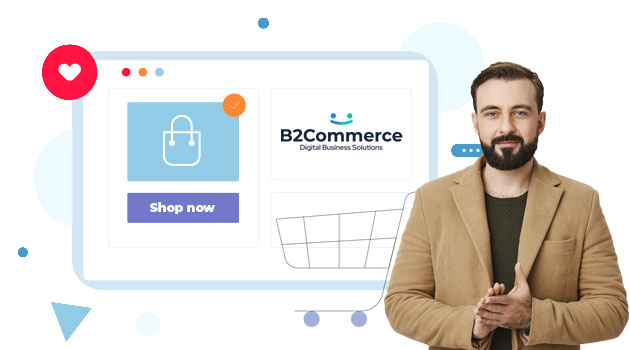
Are you ready to unlock the full potential of headless eCommerce? Look no further than B2Commerce, your trusted partner for all things headless.
With B2Commerce, you can hire a dedicated development team to build and design your headless frontend, delivering a unique and customized user experience for your customers.
But don’t just take our word for it. Our developers offer exceptional value for money, providing top-notch development and continued support packages for updates and maintenance.
So why wait? Partner with B2Commerce and experience the true power of headless eCommerce today.
Final Words
In conclusion, headless commerce is a game-changer in the eCommerce industry, offering businesses greater flexibility and customization. To focus on the user experience, headless commerce is your ticket to crafting unique, captivating user experiences and meeting the evolving needs and expectations of customers.
Recommended For You
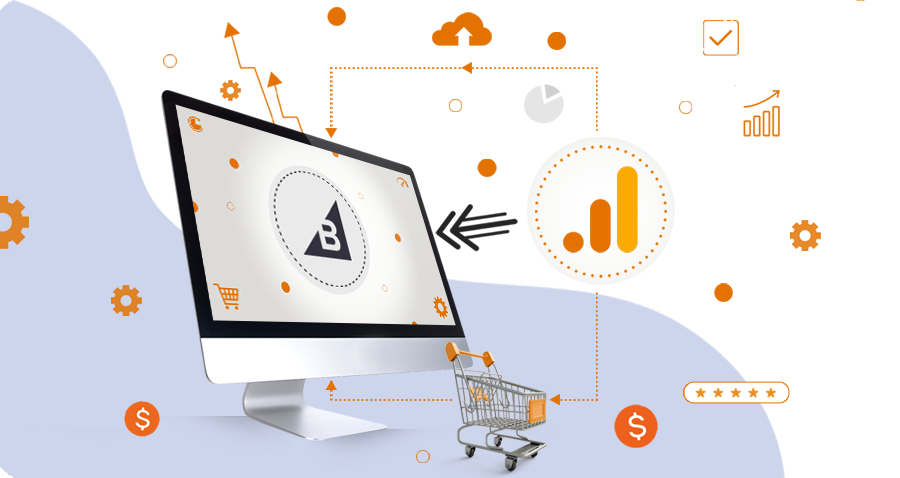
The Indispensable Role of GA4 Upgrade for BigCommerce Store
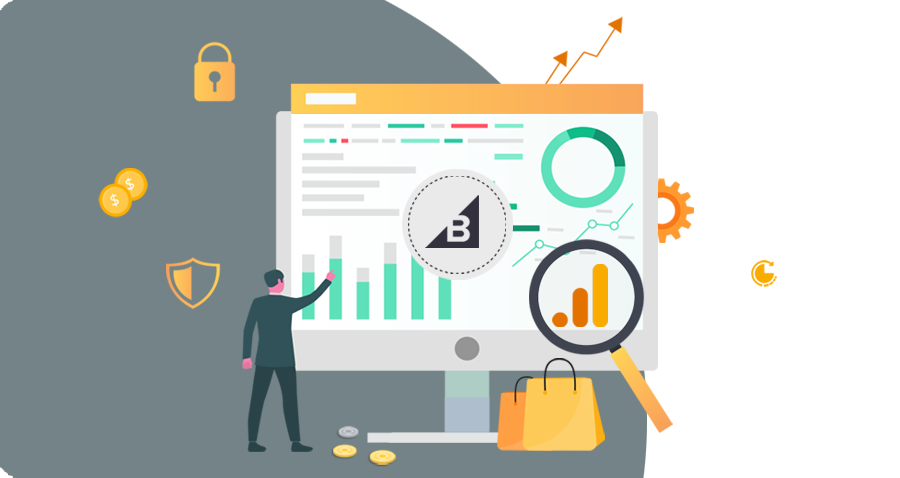
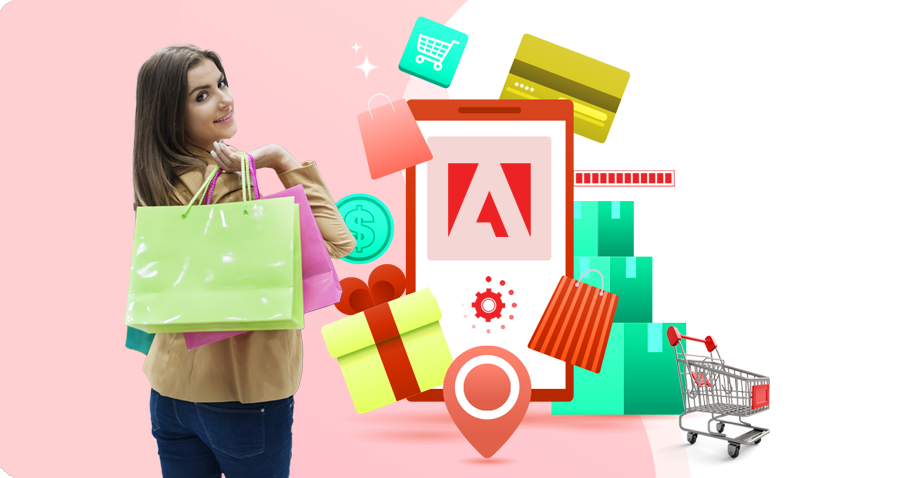
Adobe Commerce 2.4.6 Upgrade: Maximize Your Sales & Customer Loyalty


